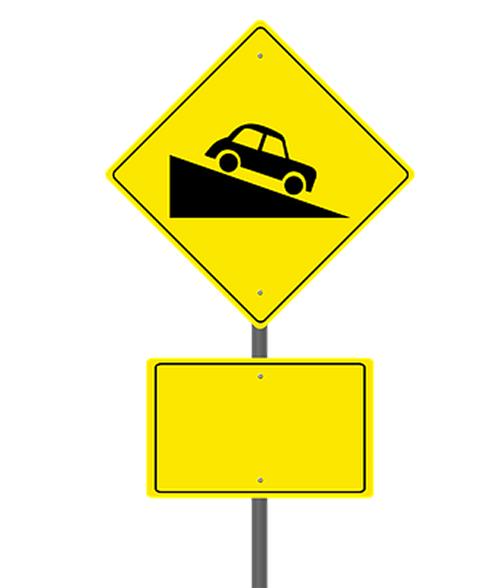Twenty years before Haven, the Amazon, Berkshire Hathaway, and JPMorgan Chase healthcare juggernaut, there was and still is the Leapfrog group. The group was like Haven, created at the behest of employers looking to make healthcare more affordable. In 2012, they began issuing grades for hospitals based on their safety records. And while Haven has yet to generate more than publicity, Leapfrog has arguably started to move the needle of safety and quality.
Their most recent report released in the last few weeks reports that avoidable deaths in the healthcare system have been reduced by 22% since 2016, that more hospitals are getting an “A” ratings[1], but your hospital choice may still impact your chances of “getting out alive.” They make use of a number of data points collected by CMS in calculating their grades and associated risks, but a closer look at the CMS data shows you how little separates A from F, and suggests that the final mile to the safety we associate with flying (up until the Max 737’s) is very, very steep.
|
“Attributable mortality rate” Ranking |
Measure |
Grade A Hospitals % per 1,000 hospital admissions. |
Grade D&F Hospitals combined |
|
1 |
C. difficile infection |
.32 |
.38 |
|
2 |
MRSA blood infection |
.02 |
.05 |
|
3 |
Post-op Respiratory failure |
.76 |
.94 |
|
4 |
Central Line Blood infection |
.12 |
.24 |
|
5 |
Death from Serious complications from surgery |
.63 |
.64 |
|
6 |
Wound Dehiscence |
.08 |
.09 |
|
7 |
Pressure Ulcer |
.03 |
.06 |
|
8 |
Physician Caused Lung Collapse |
.03 |
.03 |
|
9 |
Clots in leg or lung |
.36 |
.44 |
|
14 |
Foreign Object Retained After Surgery |
0 |
.01 |
|
10 |
Falls/Trauma |
.03 |
.06 |
|
11 |
Infection after Colon Surgery |
.01 |
.01 |
|
12 |
Urinary tract infection from catheter |
.14 |
.23 |
|
13 |
Accidental puncture or laceration |
.12 |
.14 |
|
14 |
Foreign Object Retained After Surgery |
0 |
.01 |
|
15 |
Air Embolism |
0 |
0 |
Look at the absolute difference for the preventable complication with the most significant impact, C. difficile infections; from best to worst is .06%, 6 people/1000 more. It sounds worse, and that is often the intent when you describe the relative difference, which in this case is 18% greater.
Perhaps the “steepness” to perfection is more apparent using a different description. Hospitals that have 100 to 300 beds provide roughly a third of hospital-based care [2] with an average of 6,000 to 11, 000 annual admissions. For C. difficile, the difference between best and worst is 4 to 7 patients. Is this a problem? Yes, especially for those impacted.
But is that six patients different all causally related or is there some randomness to be found? Here is where the analogy with aviation breaks down. People are not built to specification and do not undergo routine maintenance as airplanes are required to do. Every one of those admissions is different, and standardizing care does not standardize input. Should we try for never, for no complications or safety issues? Absolutely, but it remains more an aspirational goal than a reality.
It is important to understand differences in hospital care, and Leapfrog has led the way because their measuring and publicizing moved the needle if by no other means than shaming. But stars, and grades, and claps, and likes rarely tell you which to choose because they fail to convey the nuance and that is where the differences lie.
[1] Of more than 2,600 hospitals graded, 32% earned an “A,” 26% earned a “B,” 36% earned a “C,” 6% a “D” and just under 1% an “F.”
[2] 2015 data
Source: Lives Lost, Lives Saved: An Updated Comparative Analysis of Avoidable Deaths at Hospitals Graded by The Leapfrog Group




